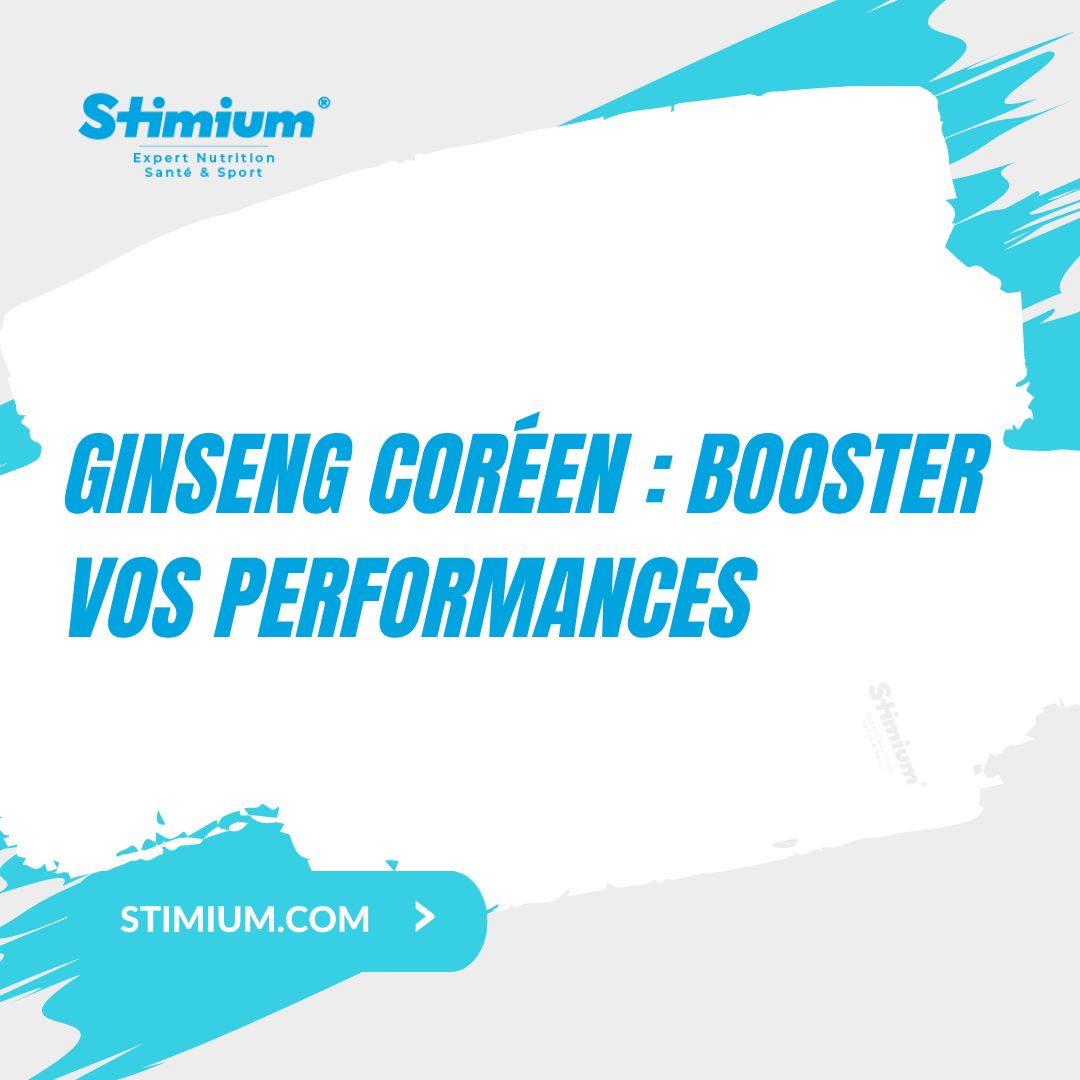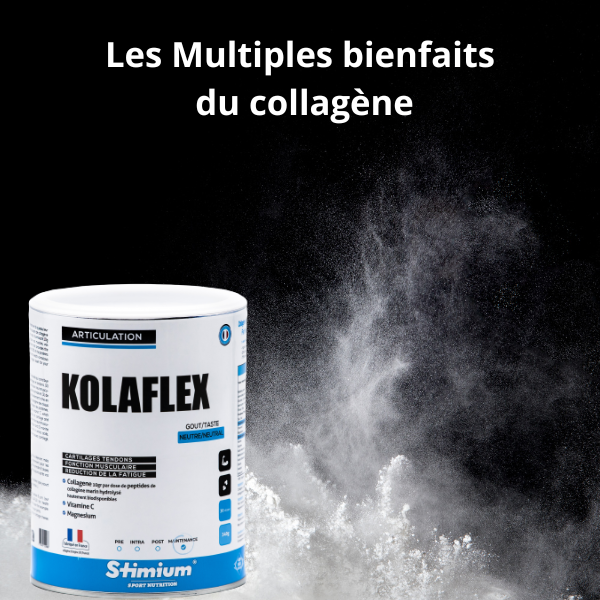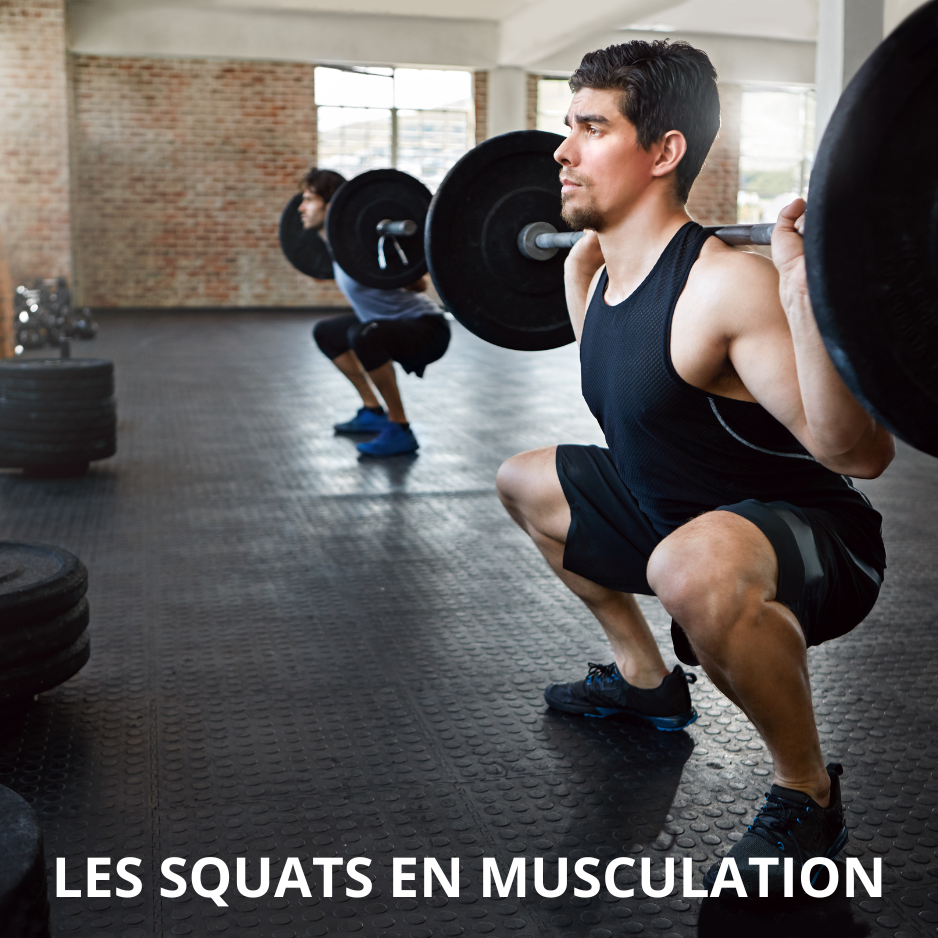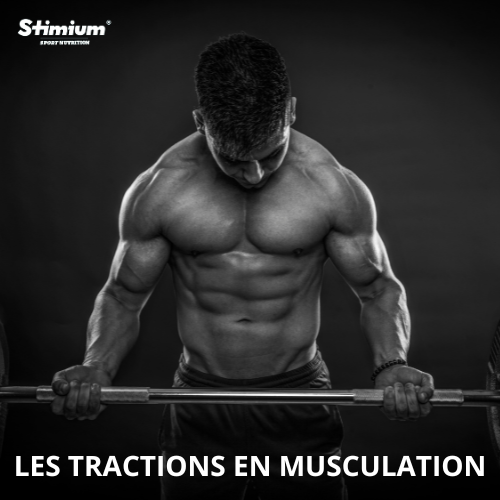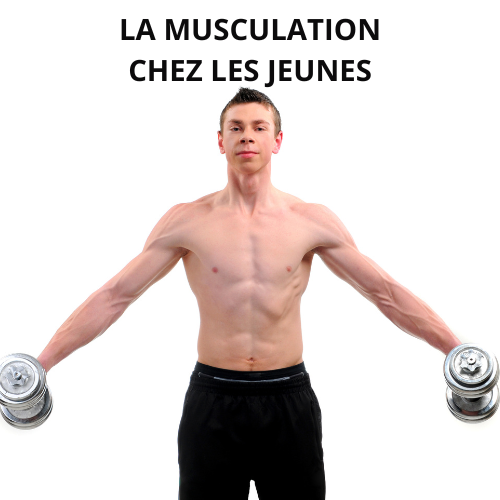BODYBUILDING - THE FUNDAMENTALS
Muscle is an organ that has the ability to contract. Through its contractions, the muscle can move the bones and allow movement. As always, we are not all equal when it comes to our muscle structure, but in 99% of cases we have the same muscle build. The principle of bodybuilding is simple, it involves training your muscles to make them stronger and more resistant. And as everyone knows, it is much more difficult to gain muscle than to lose it, especially after an injury or a pregnancy for example, where the muscular structure deteriorates quickly, whereas regaining what has been lost will be good. more difficult ! The famous adage “no pain no gain”.
There are several fundamentals to respect in bodybuilding to obtain optimal results and avoid injuries or avoid training without real added value:
- Proper technique: It is essential to learn the correct techniques for each exercise in order to maximize the benefits of the exercise and minimize the risk of injury.
- Good progression: It is important to progress steadily in the intensity and volume of training to avoid injuries and allow your body to gradually adapt; doing too much, too quickly, will trigger more pain than performance.
- A suitable diet: it is important to have a balanced diet adapted to your bodybuilding goal, whether it is gaining muscle mass or losing body fat.
- Sufficient recovery: It is important to give your body enough time to recover after each workout to allow your muscles to recover and rebuild. We must never forget that muscle building takes place at night, during meals, when the muscle fibers are repaired following micro injuries due to training. BCAAs for recovery, and SDR gummies for good sleep will be the best allies in this part.
- A variety of exercises: It is important to vary the exercises to work different muscle groups and avoid monotony in training. It is just as important to work all parts of the body as it is for the mind, in order to avoid monotony.
- Appropriate training frequency: It is important to train regularly to see results, but it is also important not to train too often to avoid injuries and excessive fatigue. As always, progressiveness is the key to good performance.
- Adequate hydration: Drinking enough water before, during and after training is essential to maintain proper hydration and avoid dehydration.
Types of muscle contractions
There are several types of muscle contractions. The muscle can contract by shortening, this is a concentric contraction . Conversely, it can contract while lengthening, this is an eccentric contraction . These contractions which generate a movement are called anisometric or dynamic.
Example: Bending at the elbows
When you raise the weight, the biceps contract, shortening. The contraction is concentric.
When you lower the weight, the biceps contract as they lengthen. The contraction is eccentric.
The muscle can contract without changing length, this is an isometric contraction. This type of contraction does not cause movement. It can also be called static contraction.
Another example: Make the chair against a wall
There is no movement, the quadriceps do not change length. The contraction is isometric.
Repetitions: A repetition is the complete execution of a movement of an exercise. Repetitions of movements are the basis of strength training.
The number of repetitions that can be performed during an exercise is inversely proportional to the load or resistance used. This means that the lighter the load, the higher the number of repetitions you can perform. Repetitions are to bodybuilding what interval training is to endurance, the basis for progress.
The term " repetition maximums (RM) " is used to refer to the greatest number of repetitions that can be performed with a given load. Conversely, when the number of repetitions does not reach the maximum that is possible, it is called submaximal repetitions .
The series
A set consists of one repetition or a set of consecutive repetitions of an exercise. It is normally followed by a period of rest. It is during these recovery periods, the duration of which will be defined depending on the intensity you wish to exert, that it will be appropriate to hydrate, either with an exercise drink such as Stimium® Mc3 powder. full of energy thanks to maltodextrin and combat muscle fatigue thanks to citrulline , either via a drink such as Stimium Boost Powder for a complete recharge in the bottle with carbohydrates and vitamins or even Stimium® Rgn3 Reload or Stimium® Rgn3 Clean-Up to restock on vitamins and minerals to better restart the rest of the training.
Muscular qualities and desired objectives
Different goals and several physical skills can be associated with strength training. Here are the main ones:
- Strength training can lead to muscle hypertrophy, i.e. an increase in muscle size. They gain volume mainly due to the increase in the size of the fibers that compose them, particularly in the event of training overload. This hypertrophy will be facilitated by taking food supplements such as Stimium® PreWorkOut Max to prepare the organism for muscle strengthening loads Stimium® [C] Whey , Stimium® Iso Hwy or Stimium® VegPro to maintain a good protein intake for the muscle fibers put to the test during trails and Stimium BCAA Instant , to help development muscle as well as taking GABA to boost growth hormone and creatine to nourish the muscles.
- Bodybuilding training generates energy expenditure . This calorie expenditure can contribute to fat loss. In order to maximize energy expenditure in bodybuilding, it is preferable to perform exercises that require large muscle masses (global exercises) and to reduce the rest time as much as possible between sets of a session of the same duration.
- Force comes from the tension generated when muscles contract. When this tension reaches a maximum, we speak of maximum force . In practice, it is often associated with the heaviest load that can be lifted for a single repetition. It is improved using exercises performed with relatively heavy loads and a small number of repetitions.
- Muscular endurance is the ability of muscles to contract one or more times over a long period of time. It is improved using exercises performed with relatively light loads and a large number of repetitions.
- Muscle power is the ability of muscles to generate force while contracting quickly. It is improved using exercises performed with the intention of maximum speed.
- Flexibility is the range of movement that one or more joints allow. It is influenced, among other things, by the stretching capacity of the muscles. It is improved through different muscle stretching methods. In the event of joint stiffness during a succession of fairly extensive sessions over several weeks, we recommend Stimium MC3, the sugar-free gel stick with citrulline to combat muscle fatigue, as well as Stimium Kolaflex , the collagen powder with magnesium and vitamin C and Stimium® Joint Flex as a treatment to avoid joint problems, during your biggest training sessions, to prevent any joint or cartilage problems.
- Proprioception is the ability to perceive parts of our body in space when they are still or moving. It is thanks to proprioceptive receptors located in muscles, tendons, joints, skin and the inner ear that we have this ability. We use proprioception at all times, but we use it more by performing exercises that require paying particular attention to bodily sensations. For example, doing push-ups with your hands on an exercise ball with your eyes closed.
- Balance is the body's ability to maintain its center of gravity (center of mass) above its base of support while remaining as stable as possible. The body can be in static balance (example: in a standing position) or dynamic balance (eg: while skating). Proprioception is essential for maintaining balance. It can be improved with exercises that cause instability. For example, doing a squat on one foot.
Training overload
An overload is an often more difficult variation of one or more training parameters (frequency, sets, repetitions, load, rest time, etc.) compared to what was done before. It generally produces greater fatigue than that caused by usual training. Overload aims to improve the physical skills trained.
Bodybuilding is therefore a succession of exercises that are very interesting for your body, and excellent for your health if practiced in good conditions (be careful of bad positions) with the right diet and supplementation, and as with any sport, respecting the necessary rest periods. The Latin adage has never been more true: “a healthy mind, in a healthy body”.

